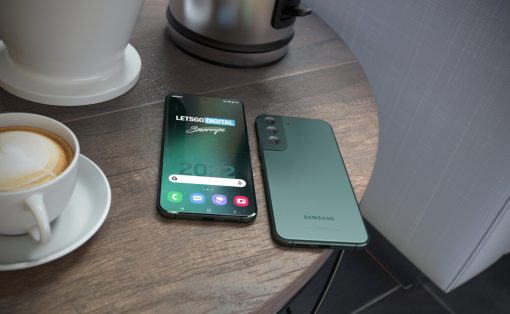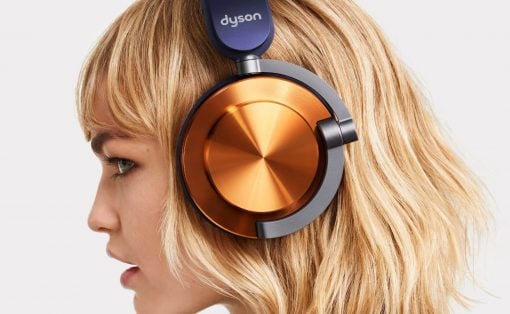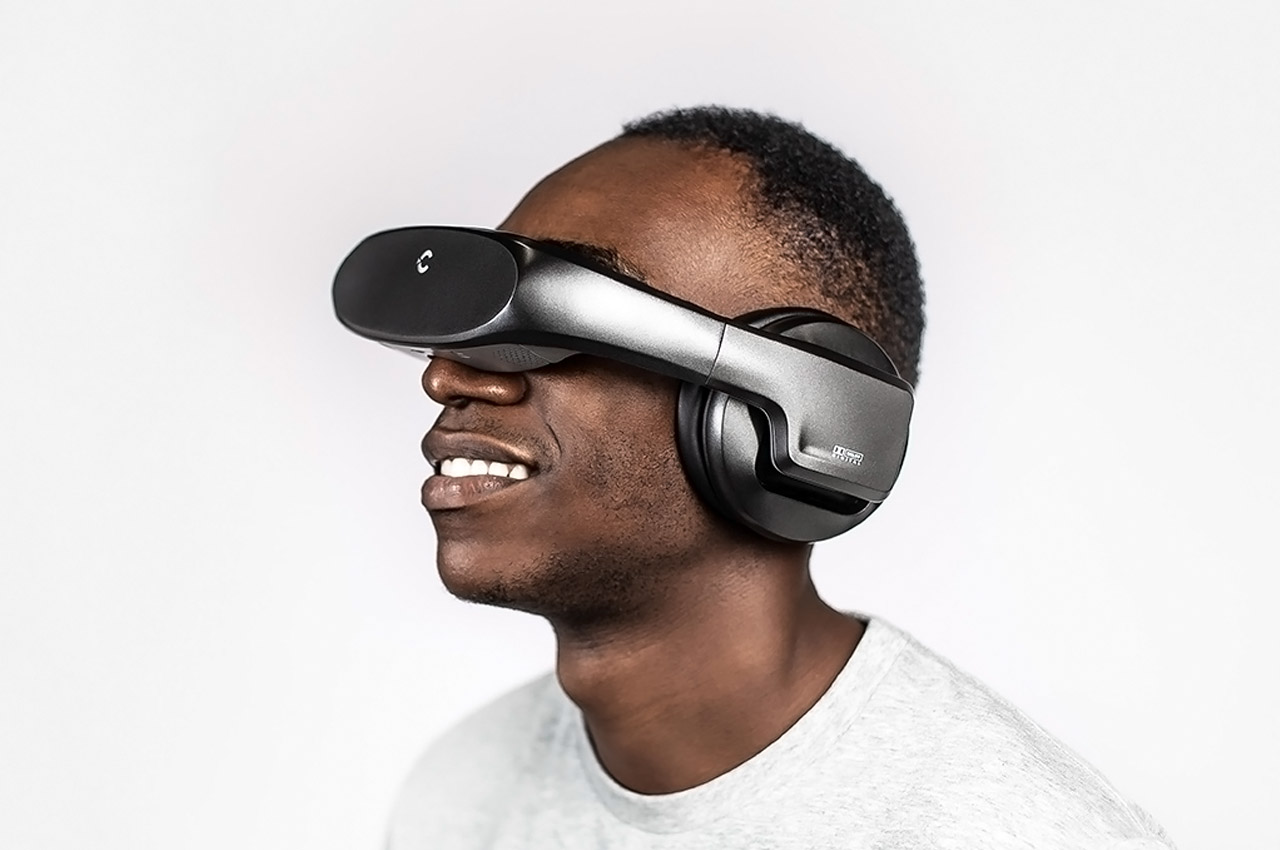
Wearable designs are currently in the limelight, and we thought it would be fun to explore some of the cool wearable designs in the market! Wearable designs make our lives easier and more efficient in multiple ways! From smartwatches, Fitbits to even wearable furniture, innovative wearable designs can be valuable additions to our daily lifestyles. And, not to mention sometimes they’re really fun to use and trendy to wear as well! And, this collection of wearable designs are not only super easy to wear on your person, but also promise to make your everyday life easier, simpler, and effortless! From a wearable 5K OLED display to a personal security wearable that uses voice recognition to keep you safe in emergencies – these futuristic product designs are the trending wearables of 2021!
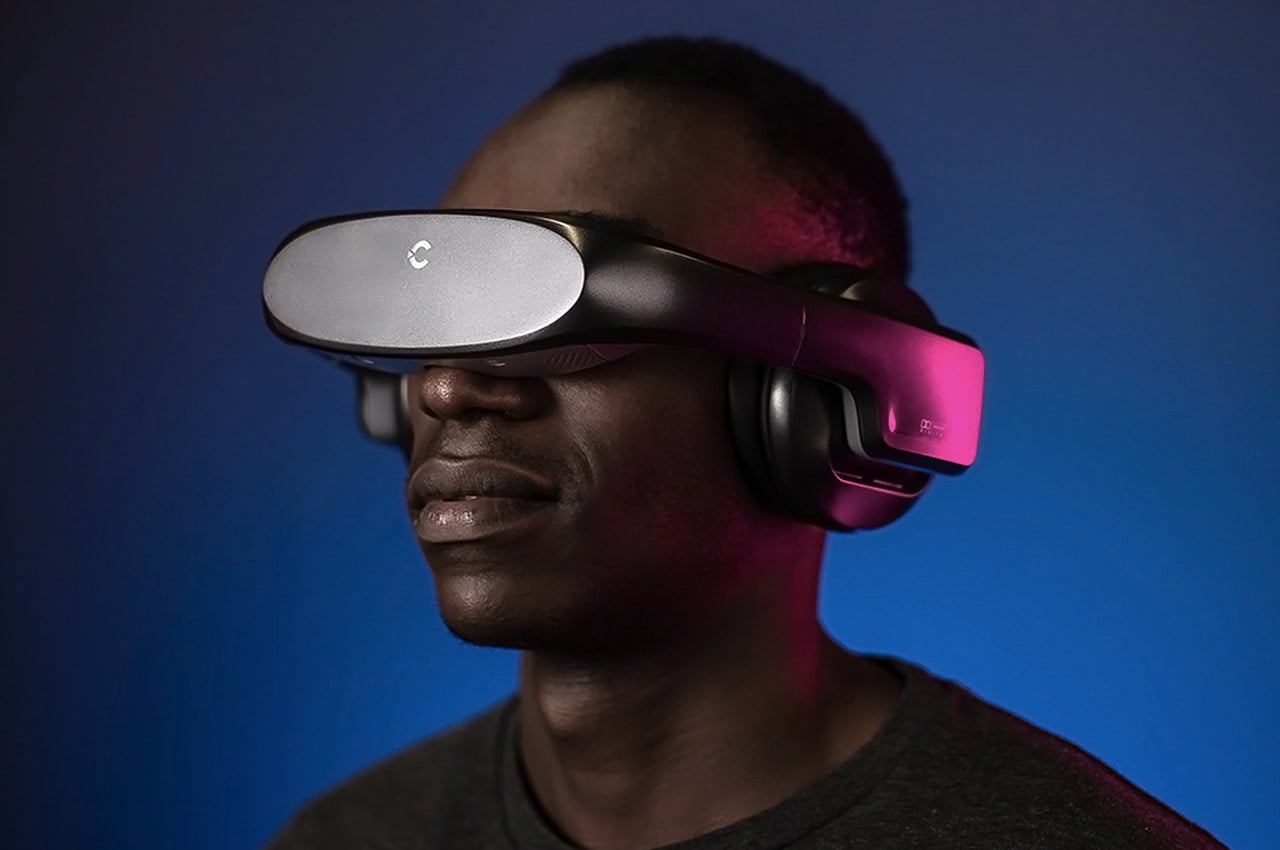

This is the world’s first personal cinema HMD that features dual 2.5K micro-OLED and a Dolby Digital® certified headphone with 5.1 channels of surround sound – it is the closest thing you can get to having your own movie theatre without buying multiple appliances or doing construction. The combination of those visual and audio elements is elite! It truly gives you a complete theatrical immersive experience with high-quality video and audio which makes the Cinera Edge a mobile cinema. It is not just for watching movies or your favorite shows, you can integrate it with your TV and gaming systems to take your everyday entertainment to the next level.
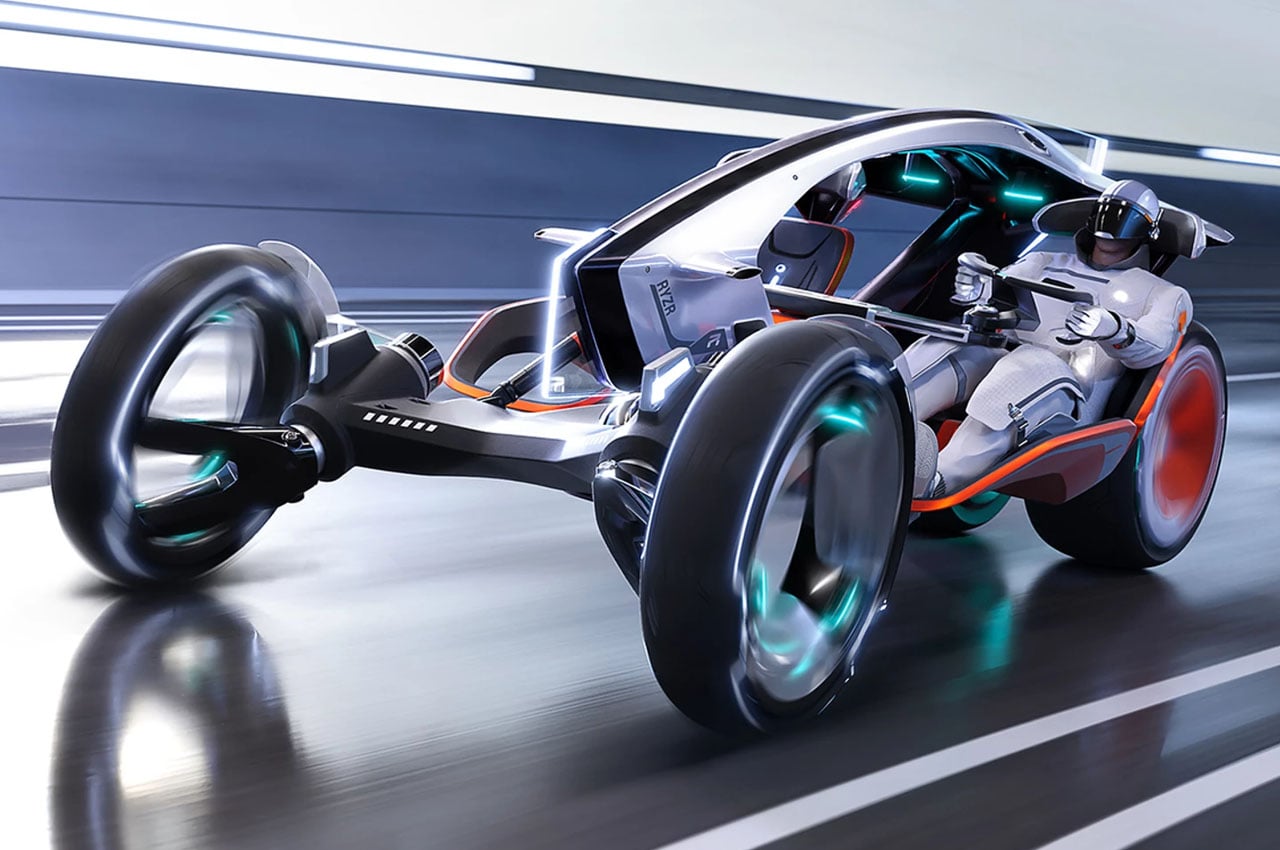
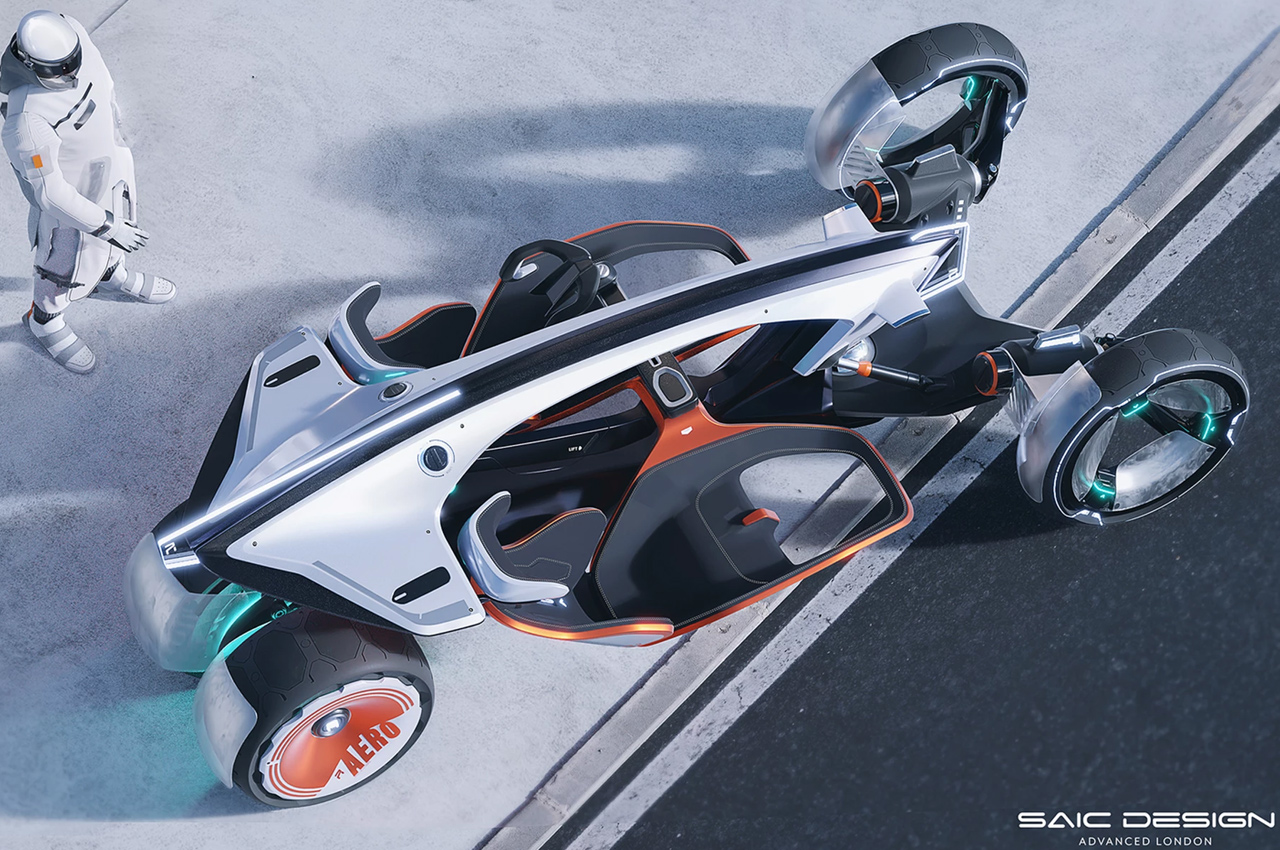
R RYZR is built for the crowded city streets as well as open freeways – that’s the USP of the concept. It has a central spine running the length of the chassis, and two seats are suspended on either side. The drive-by-wire assisted centrally-mounted steering wheel is designed to operate independently of its position. Meaning, both the driver and passenger can drive it from their sitting position by simply sliding it. The central spine gives the EV freedom to pivot on the front and rear arms – this makes leaning and carving through tight corners on the hubless wheels highly maneuverable.
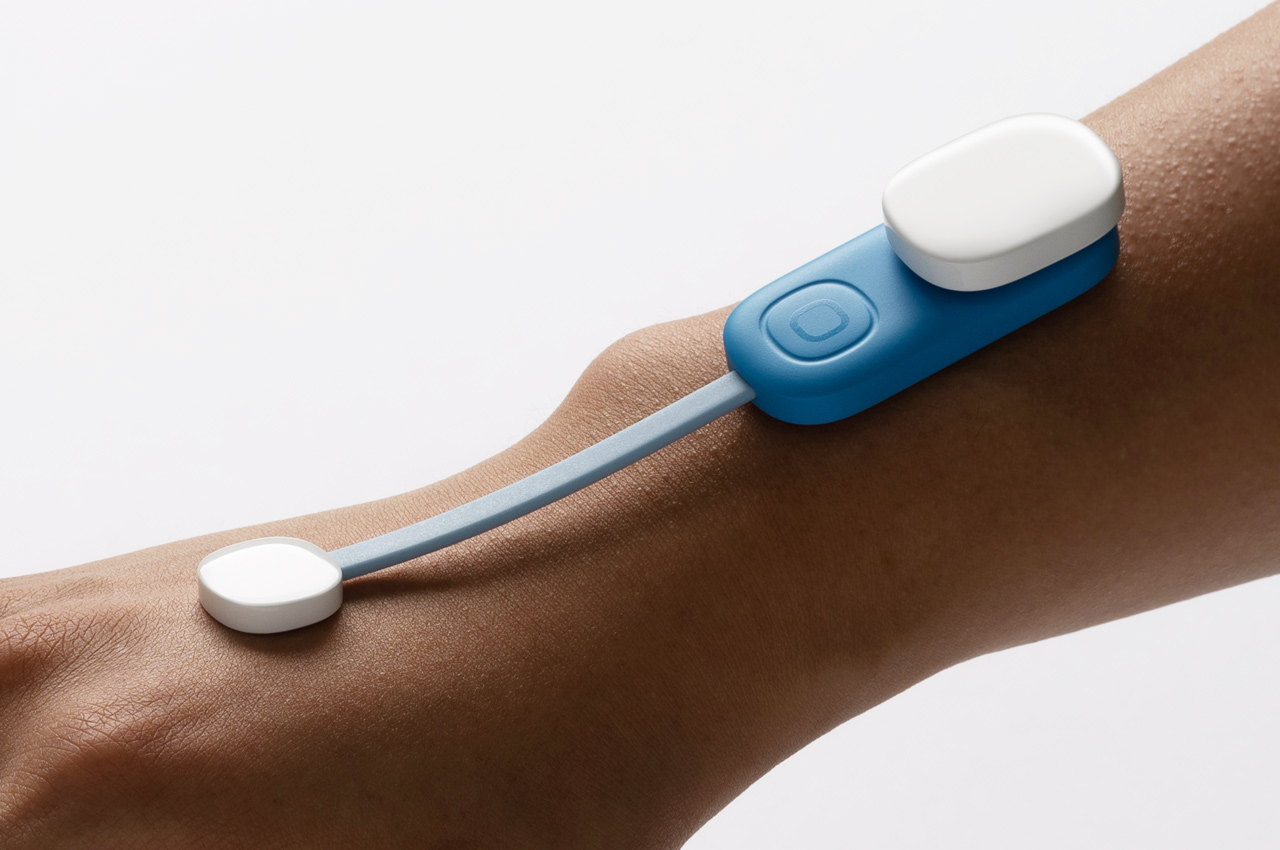
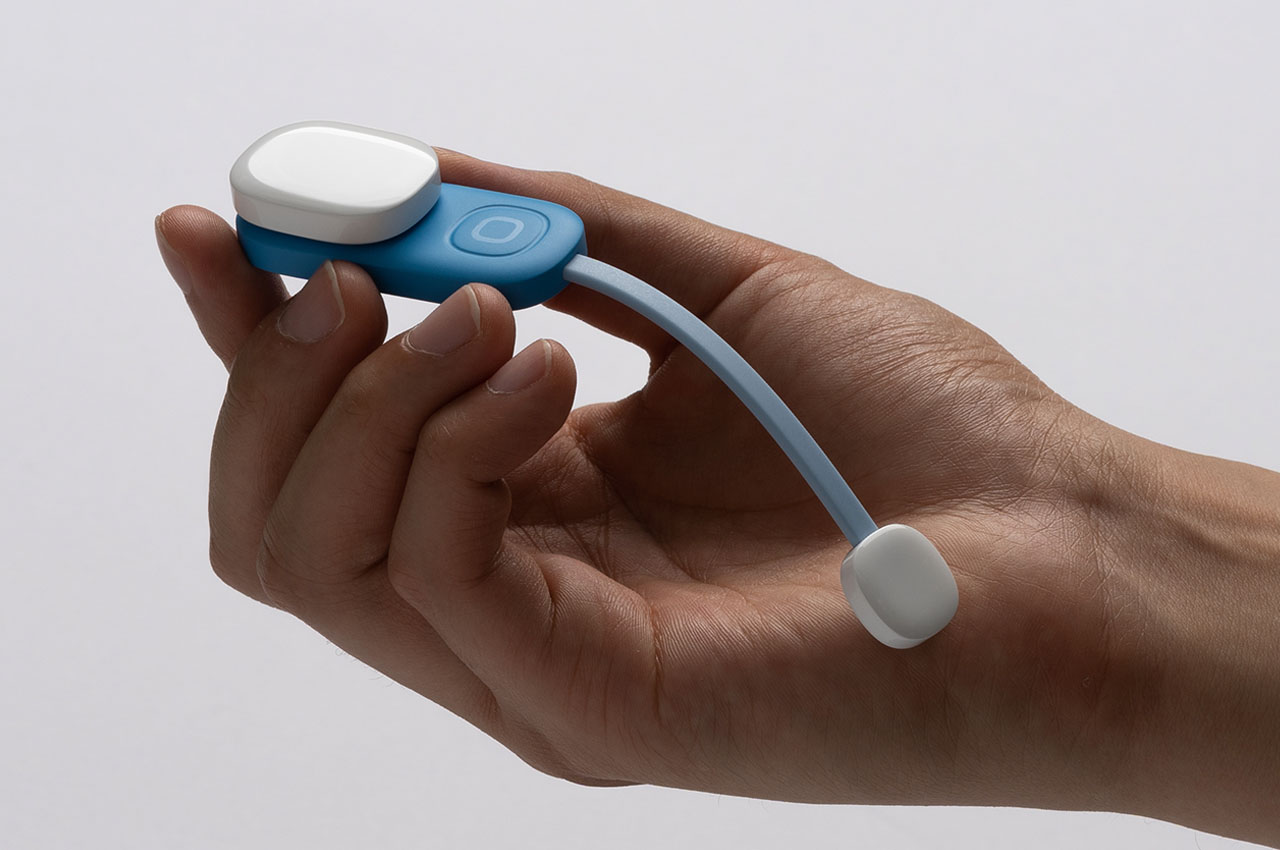
The wearable medical gadget is still in the concept prototype stage but unlike other designs, this is created in complete synergy between the design team who give direction to the aesthetic requirements, and the technology team who ideate the concept. The end result, a functional gadget that solves the intended purpose while being aesthetically ideal for practical usage. Here it is, the accurate detection of blood oxygen levels of the skin tissue and underlying vessels and capillaries. The oxygen detector is designed for ASON Co. Ltd. and it is highly likely it will make it to the mass consumer market in a couple of years.
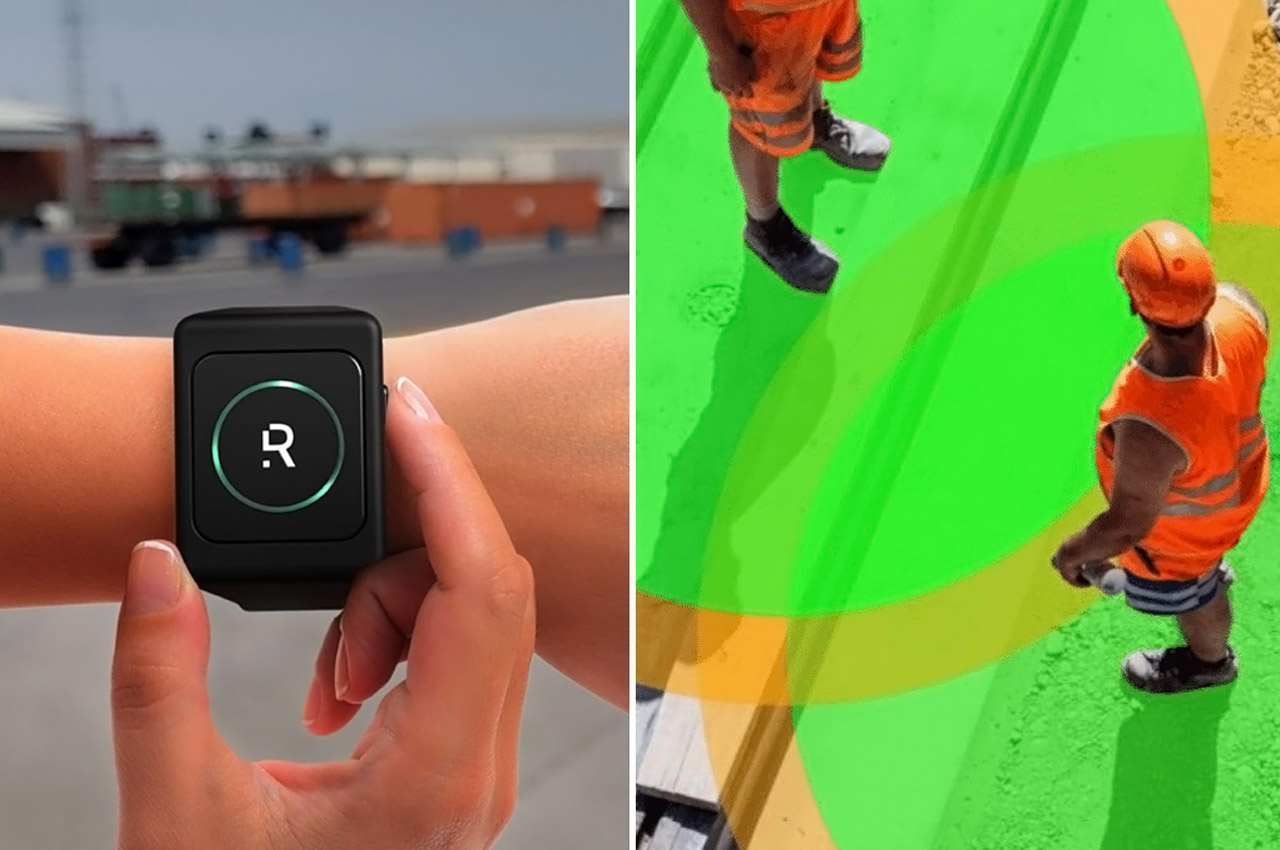

Romware’s bracelet helps to reinforce the social distancing guidelines as more of us return to work. The digital device monitors the employees’ location and warns them if they are too close to each other. Initially designed for industries such as construction, logistic, warehousing, manufacturing, and port services, this bracelet can be used by any large company that cannot function remotely and relies on labor. Whenever employees are closer than 6 feet they will feel a vibration that warns them. The bracelet has a geofencing feature that allows you to set a limit for how many employees can be in a specific area to ensure there are no large gatherings. One of its most effective features is that it enables contact tracing, so if someone does fall sick the employer can easily track anyone who may have been in contact and take necessary measures.
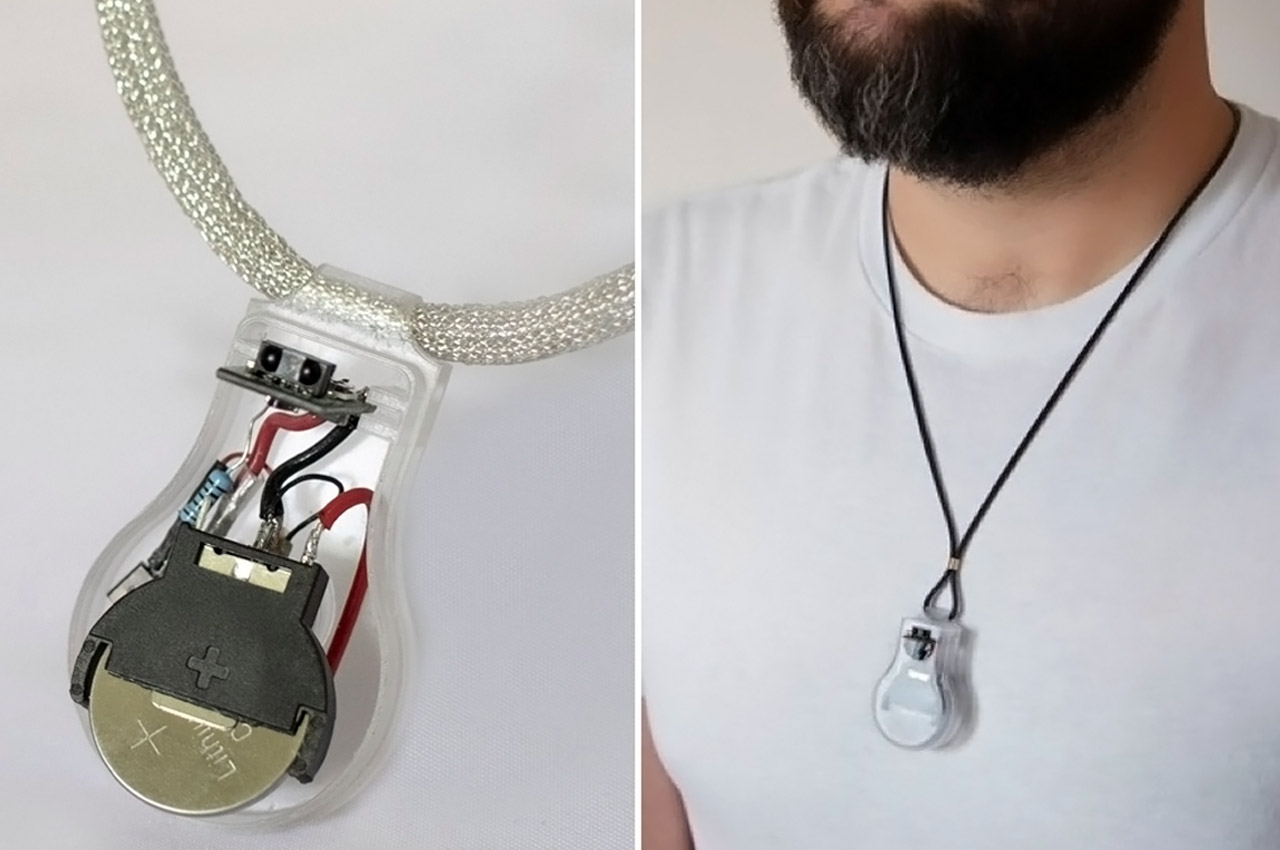
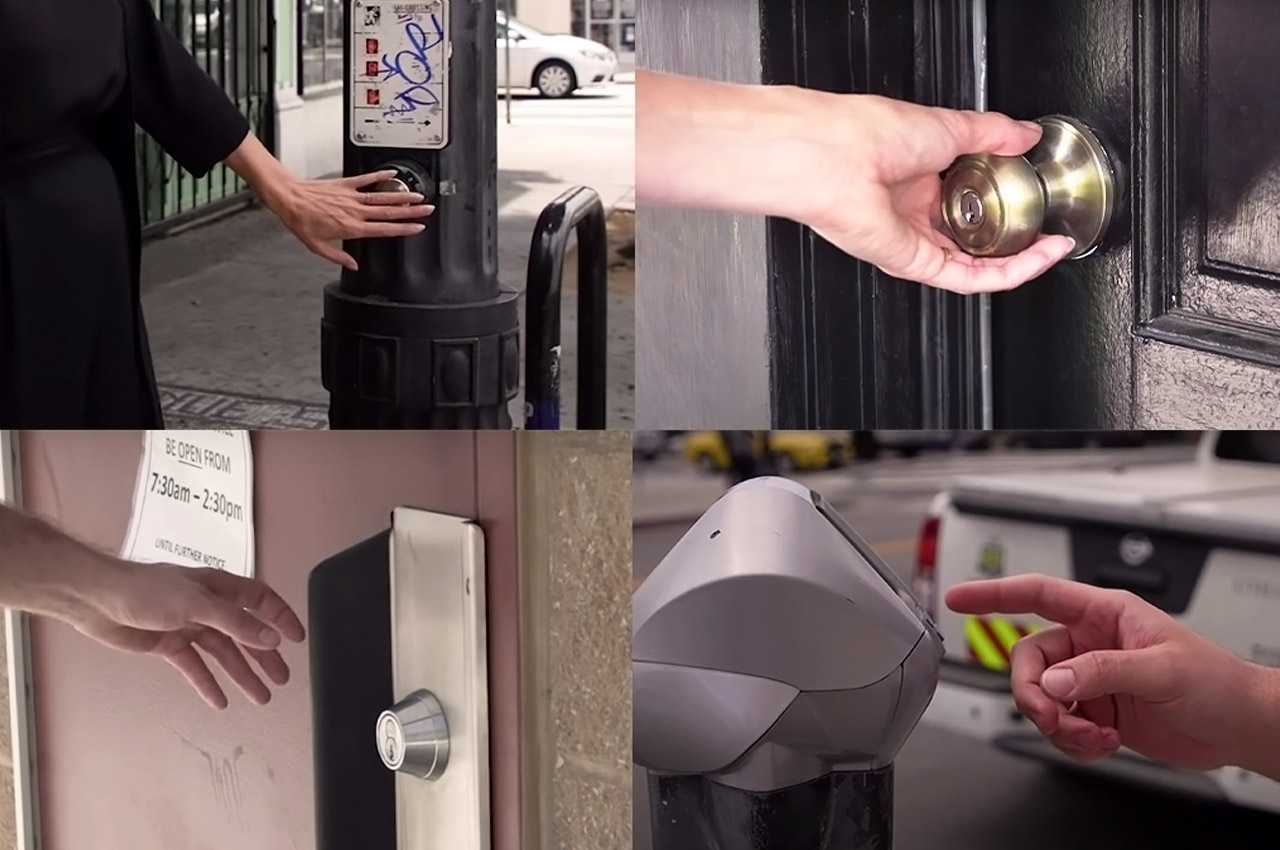
NASA isn’t selling these directly, but Jet Propulsion Laboratory has made the 3D-printed concept available as an open-source project so anyone can make this smart wearable for their own health and safety. It works on a simple mechanism – the necklace has a sensor that detects when the user lifts their hands towards their face and it will vibrate to warn them using power from a common button battery. This vibration is a reminder for the user to not touch their face and soon establishes the muscle memory required to turn this into a new behavioral pattern. All the necessary STL files, the list of the parts you’ll need, and the assembly instructions have been made freely available for anyone to make these. Apart from the 3D printer and having the knowledge of basic electrical DIY skills, all the components are easy to source and if you want to learn then YouTube is always there as a resource.
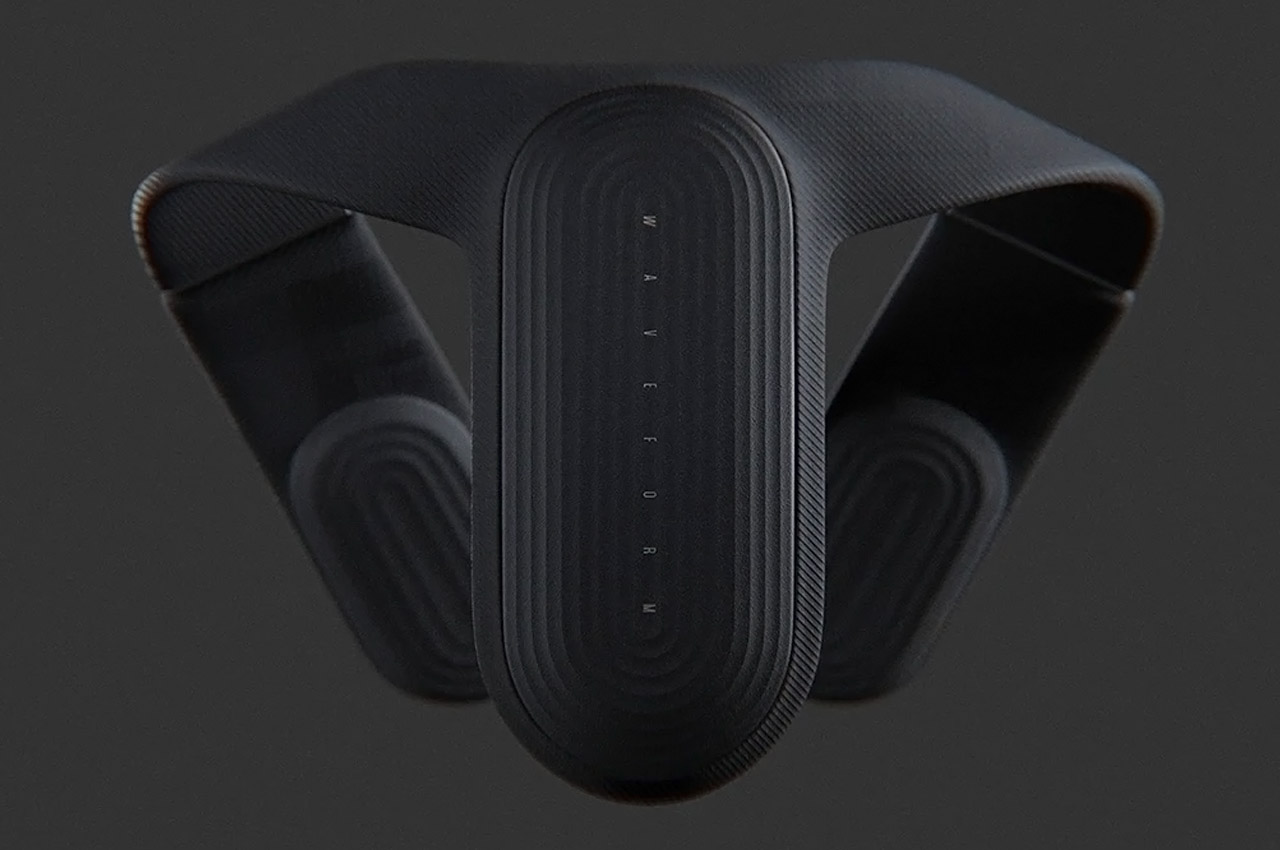
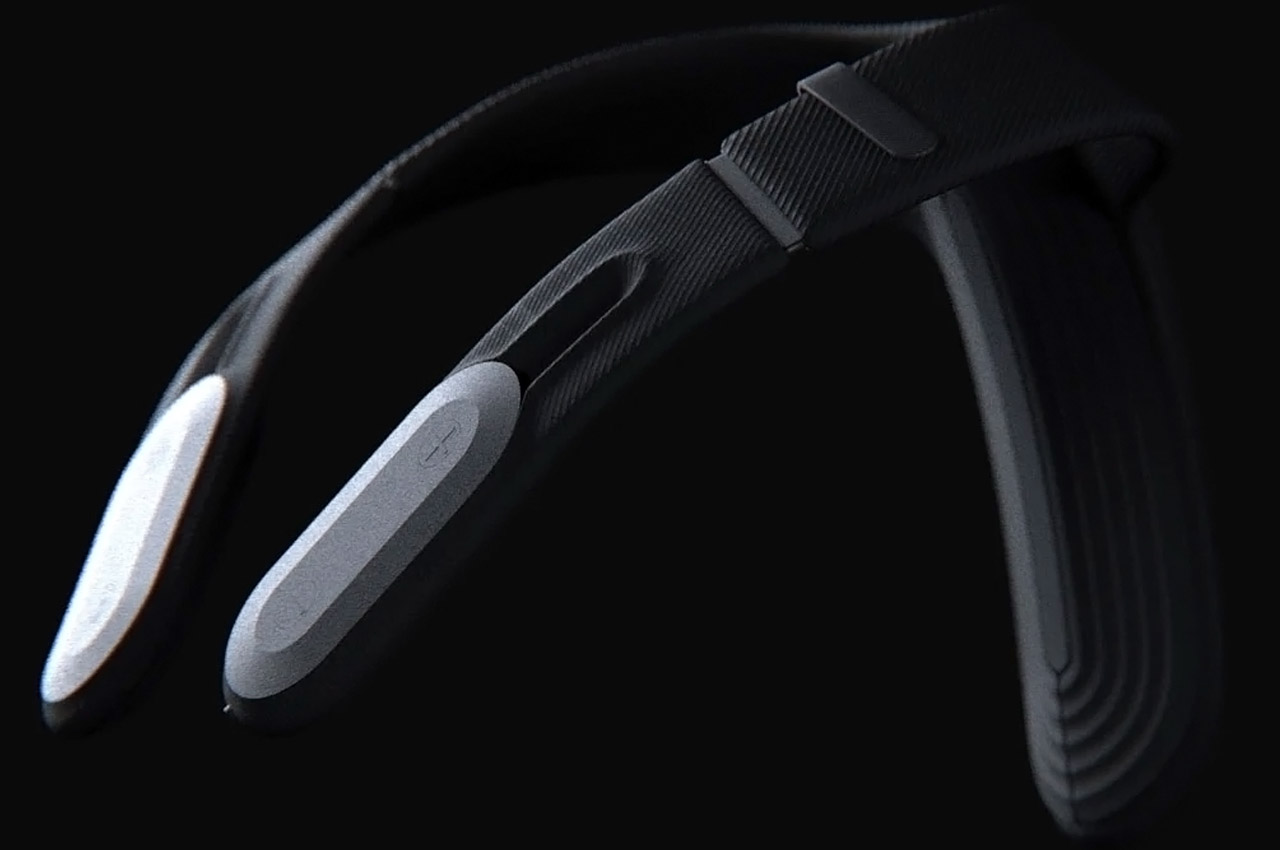
Kyle Hamm has intended to design Waveform, a wearable that lets you feel the deep bass in your chest, matching the audio frequency being beamed in your ears by the pair of headphones. Similar to that vibration in your chest while at a live music concert – this gadget adds the dimension of touch to the audio. Learning from some of the prototypes that want to achieve something similar, Kyle focused on the portability, ergonomics, and comfort of the Waveform. After digging deep about the design and the functionality Kyle determined that the vibration is best felt on the front and back of the chest. Thus came to life the blueprint and prototype of Waveform that’s inspired by the rhythmic movement of stone skips on the surface of the water. To ensure the vibration of the contoured gadget reaches the body, Waveform has spring-loaded arms to create tension with subtle pressure.
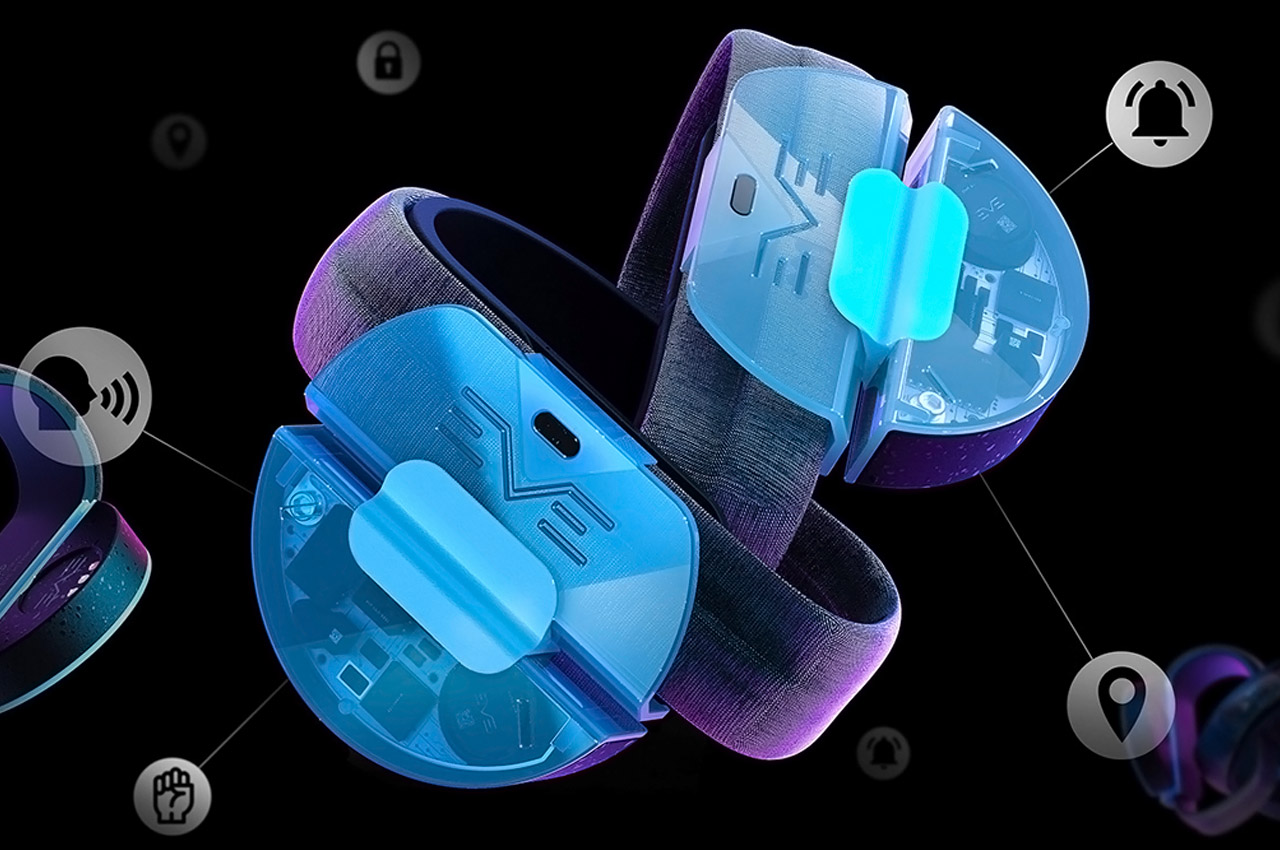
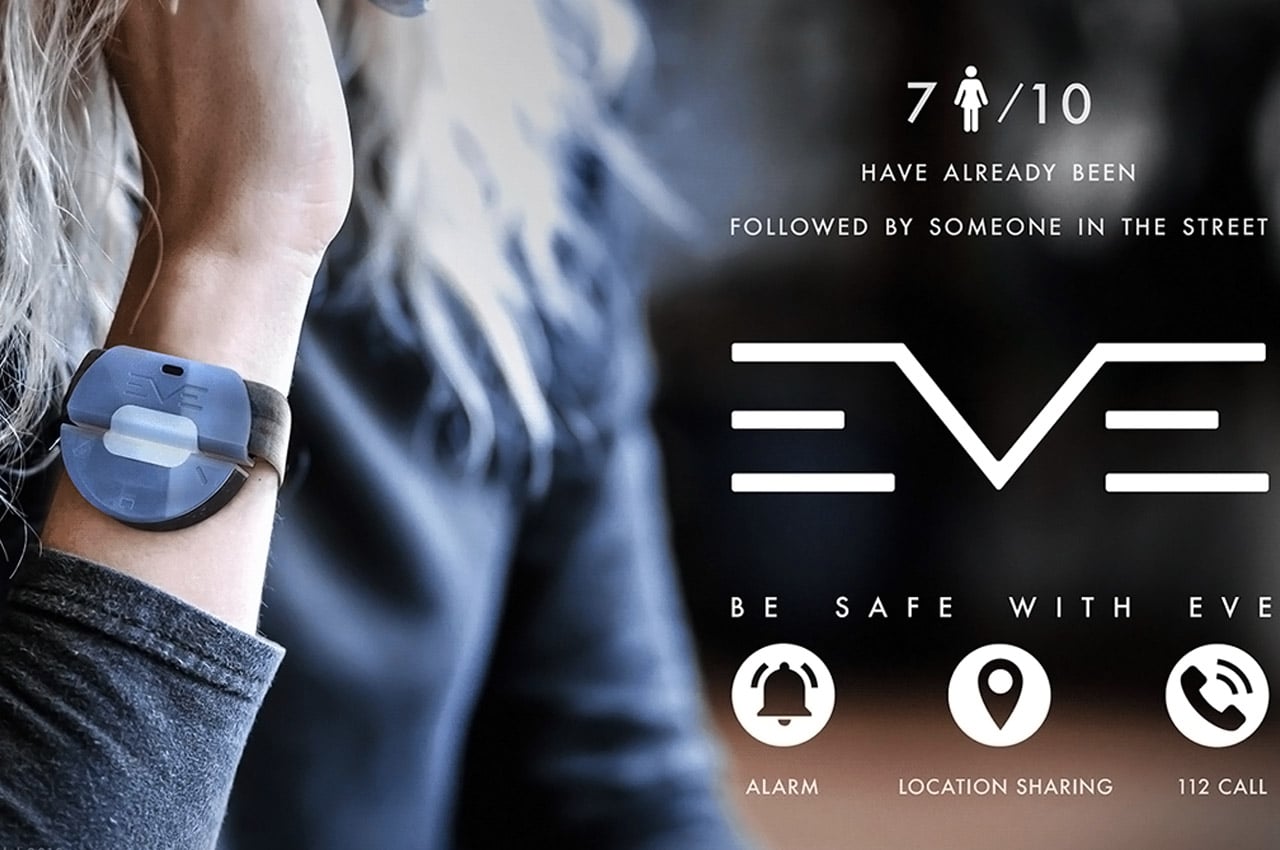
Once activated, EVE launches a 10-second alarm meant to discourage the attacker from continuing their assault and instantly calls the local police station, sending operators the location and live audio recordings of the attack. EVE follows a two-step activation process to launch the wristband’s emergency features. First, to unlock EVE and prepare it for activation, the user simply shakes their wrist repeatedly three to five times. Embedded inside the wristband, an accelerometer and gyroscope detect the shaking and rotation of the wrist, awakening the device and gearing it up for activation. Then, either by announcing previously recorded voice triggers or by placing pressure on the wristband’s sensors, the 110dB alarm sounds, and the police are called, sending live recordings of the assault to an emergency operator, along with the GPS location of the EVE user.
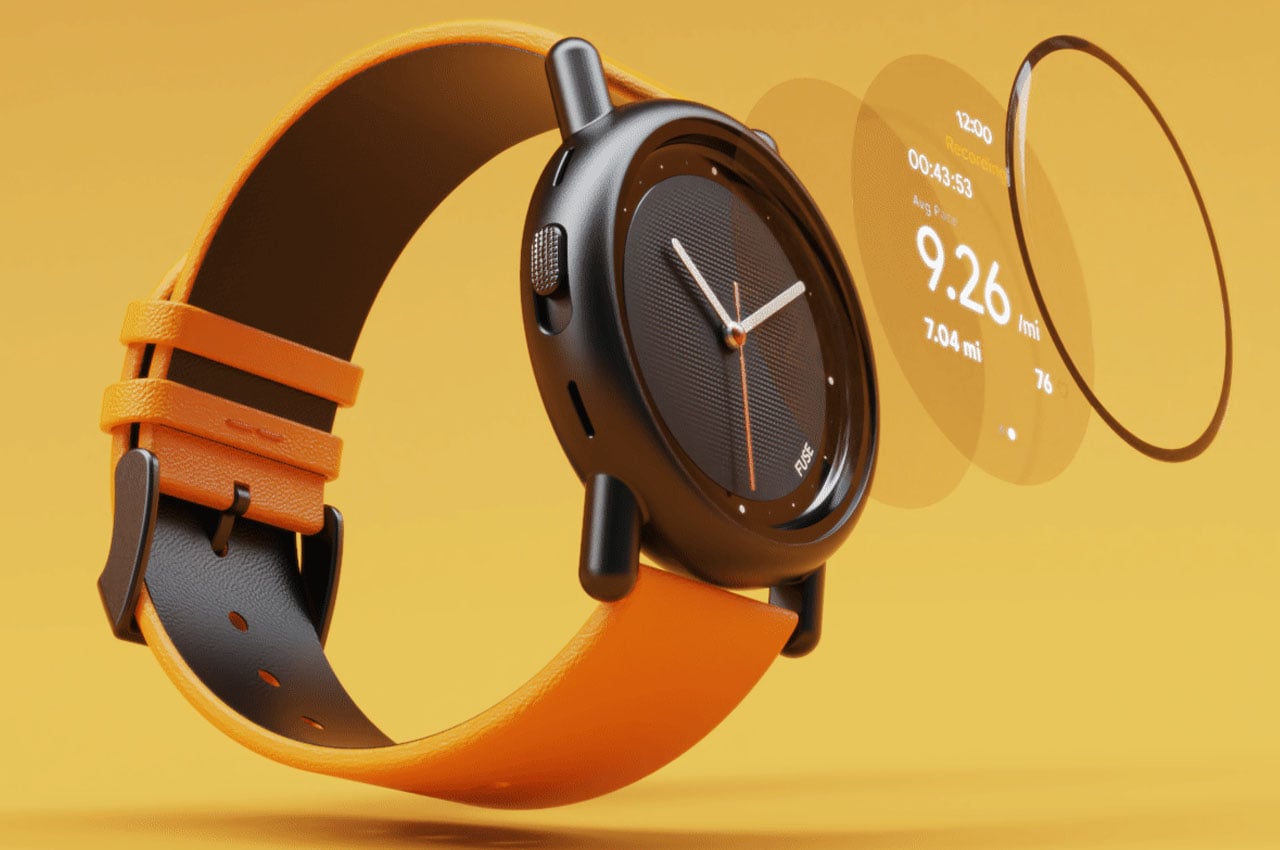
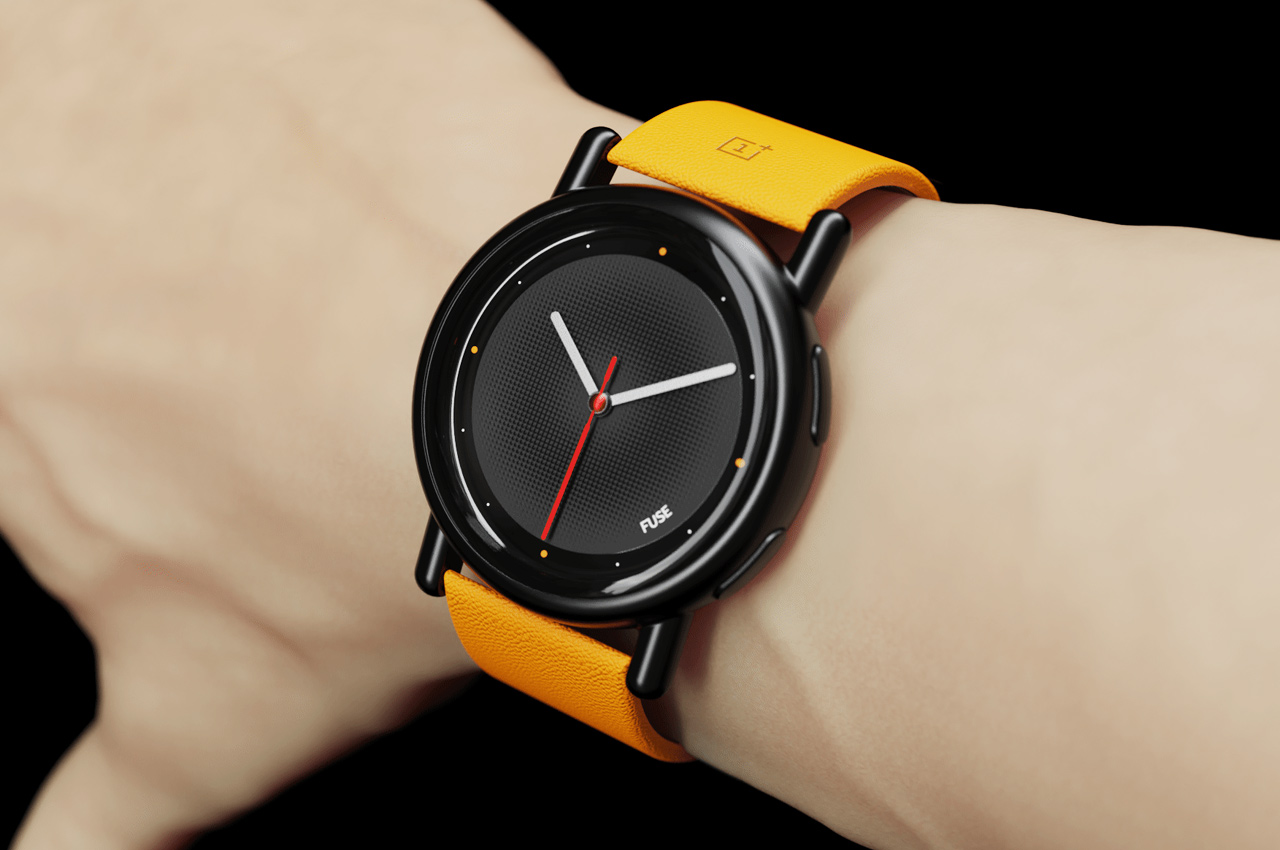
This watch conceptualized by Michael Szczególski of 2sympleks Design draws inspiration from the OnePlus Concept One phone that has an electrochromic glass (based on electronic CMF technology) for the camera module glass covering. While on first look it might seem like any other smartwatch, there’s one thing that makes it stand out from the crowd. When the camera app is activated, the glass magically turns transparent to reveal the sensors otherwise hidden from plain sight. The Concept One Watch employs this technology to blur the lines between a classic analog watch with kinetic movement and modern-day smartwatch functionality. The Android WearOS watch is a perfect hybrid capable of satisfying proponents of classic watches and ones who like the more modern approach of the connected ecosystem of smartwatches.
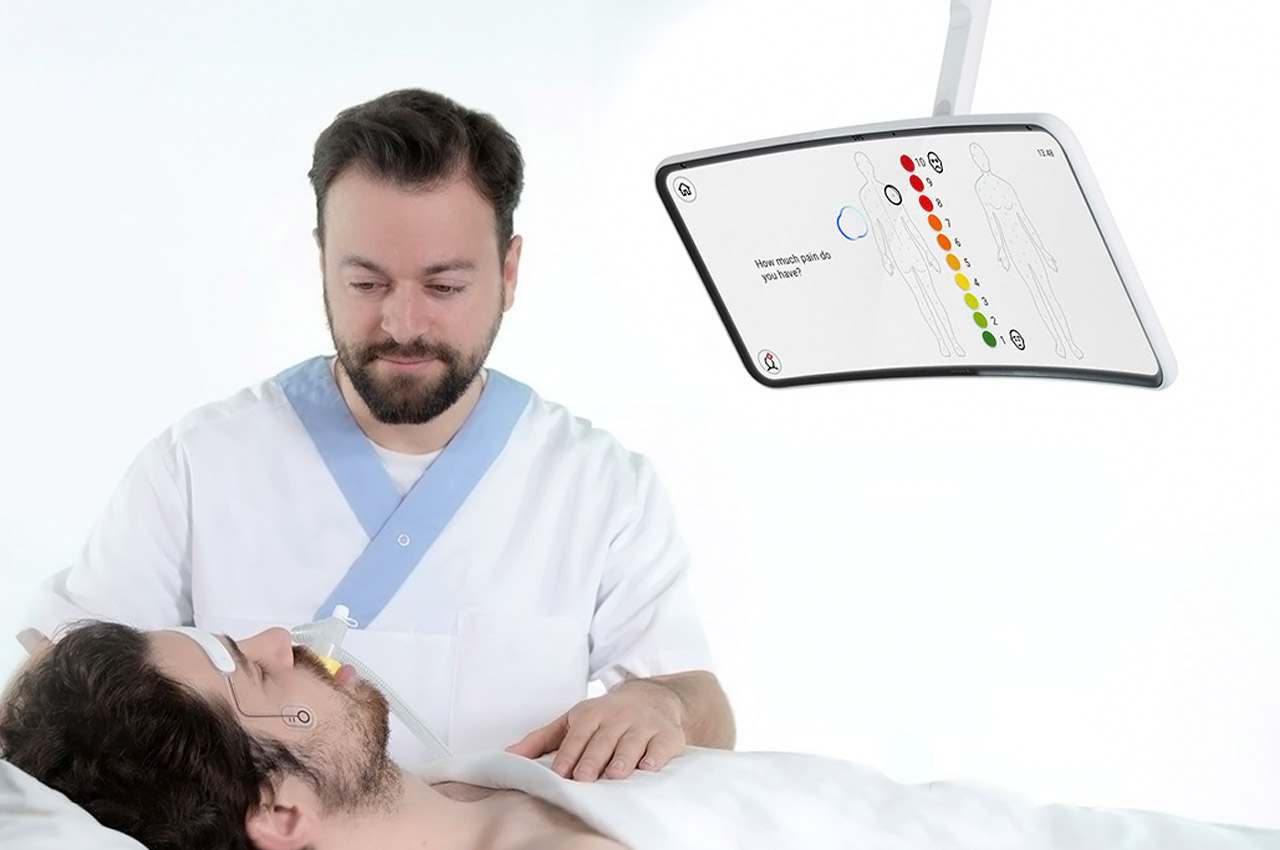

Acknowledging the mental stressors within the ICU, a team of designers created SOVA, an ICU medical aid device that tracks the patient’s health progress and allows the patient to communicate their needs by simply directing their eyes. Either before, during, or following their visit to the ICU, almost half of the patients who receive medical treatment experience some form of trauma or suffer from mental stressors that make it difficult to communicate their needs. SOVA is a medical device that tracks and registers early signs of physical or mental pain so that medical personnel within the ICU can provide the patient with proper treatment. While physical pain, insomnia, and anxiety are only a few of the stressors in the ICU, SOVA operates as a system to track these stressors for real-time support and treatment.
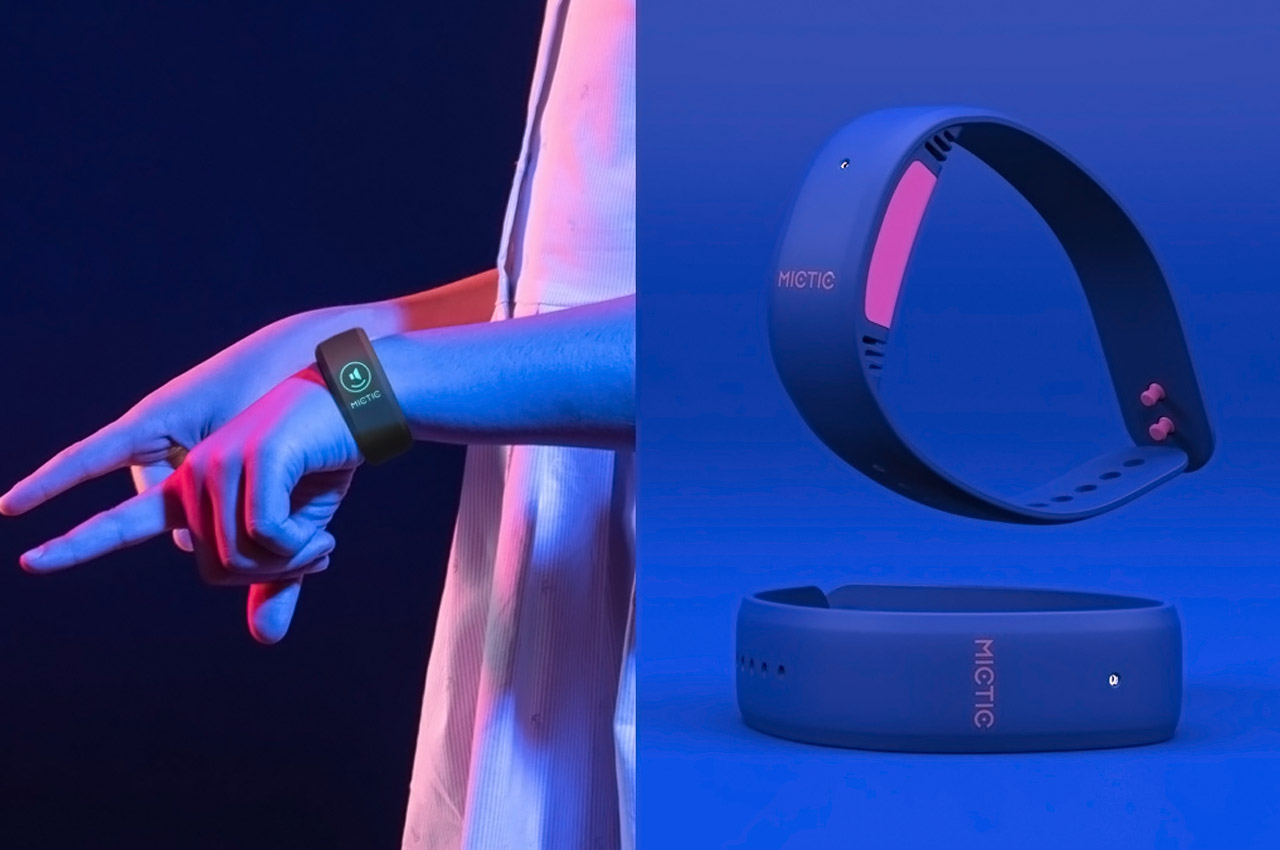

Mictic converts your hand movements into digital signals that trigger virtual instruments within the Mictic smartphone app. The two wearables sit on your wrists, and their individual movements help the app understand how your hands are moving. First, you need to pair your bands with your smartphone and select the drum instrument within the Mictic app. Now beat your hands around in the air and the app plays back drum sounds as if you were sitting in front of a real drum kit. Similarly, select the guitar instrument and shred away in the air and the Mictic app generates a killer solo. You don’t necessarily need to be authentic with your movements. Just dance away and Mictic uses them to create an abstract audio composition, allowing your dance to turn into something more meaningful.



